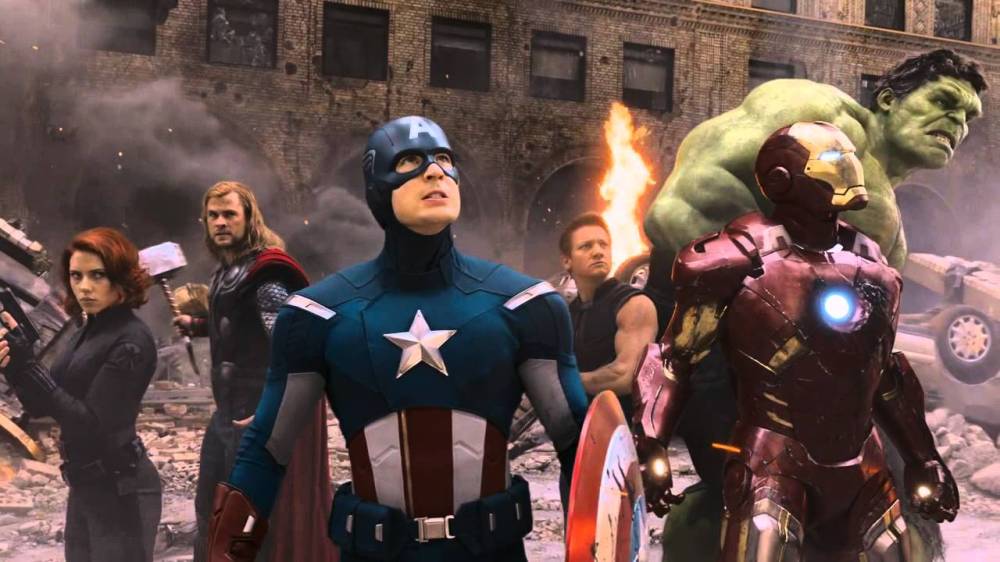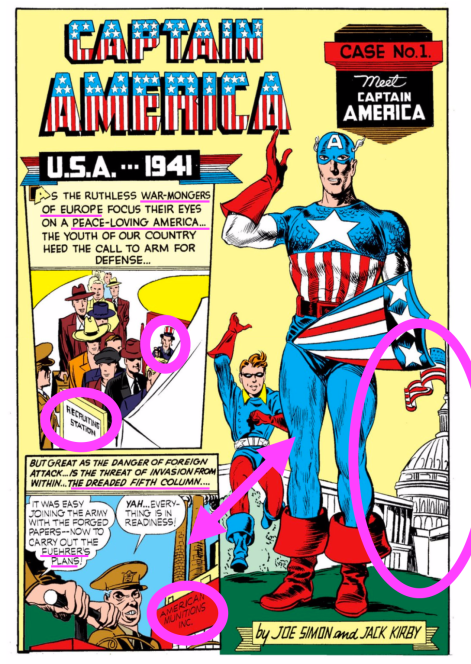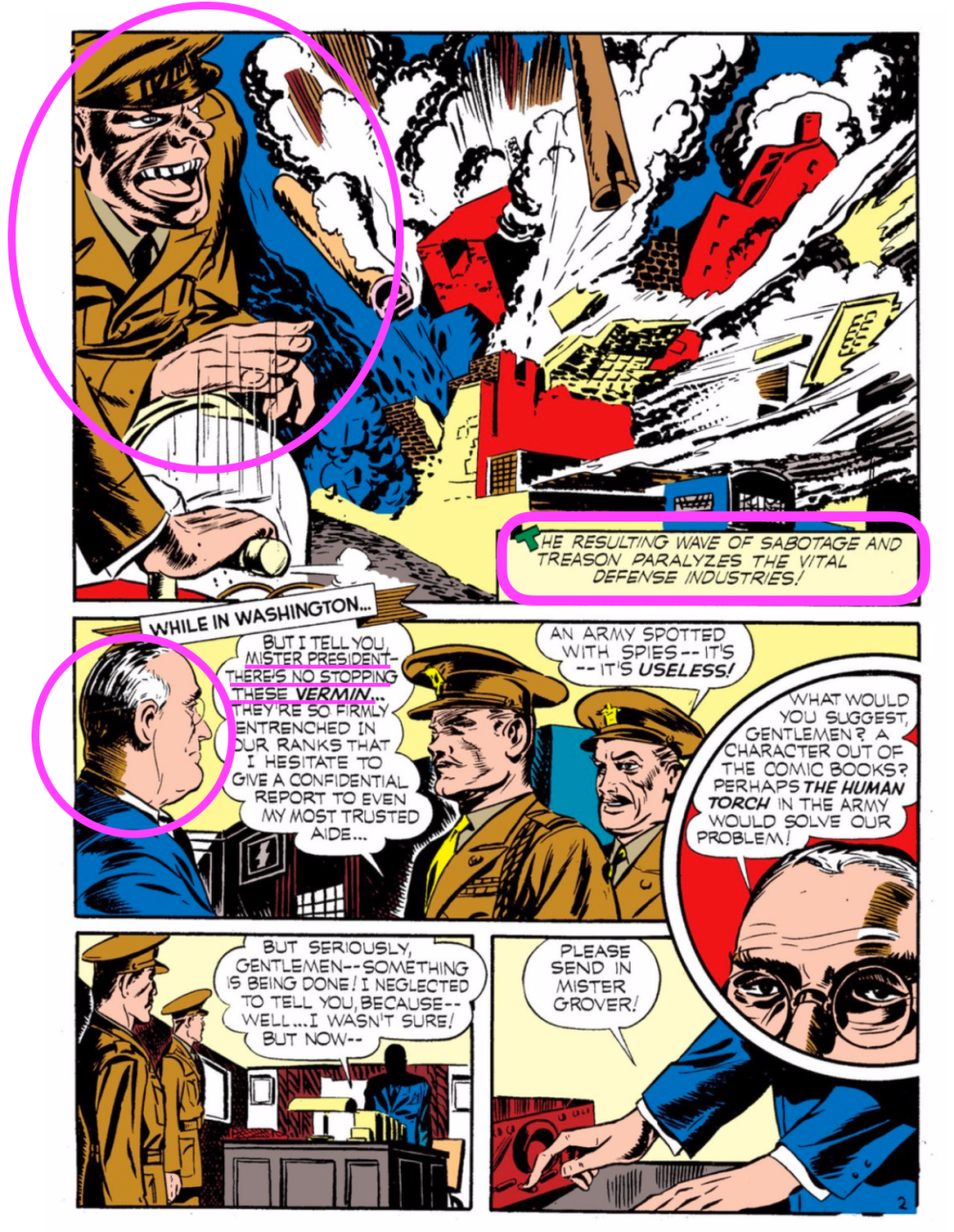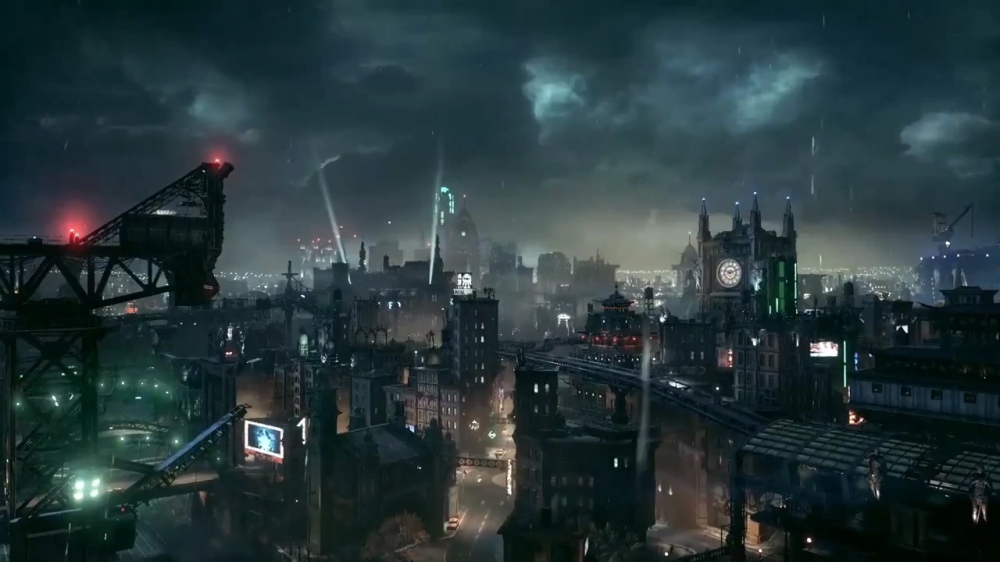Championing Female Characters: Attractive or Beautiful?
In class last week, we dove down the rabbit hole debating the ethics and implications of attractive actors and actresses appearing in all of our favorite roles. Buffy the Vampire Slayer was not exempt from this discussion—fundamentally calling Whedon’s championing of female characters into question. But after the dust had settled, one notion stuck with me. Another classmate raised the concept of attractiveness beyond physical beauty and I was left questioning… are Whedon’s female characters beautiful or “attractive”?
To answer this question, I decided to more closely analyze the character of Buffy as she appears in the first episode of Buffy the Vampire Slayer. When it comes to beauty, Buffy is immediately represented as the chosen one and that comes with some allure. But more importantly, her first interaction with a character (other than her mother) involves that character—Xander—falling off his skateboard and immediately gossiping about her attractiveness. Right out the gate, Buffy’s physical appearance is her most important characteristic.
However, as the story progresses, the reality of her persona gets a bit more fleshed out. Alternative to her skate-board falling beauty, Buffy’s opening conversation with the principal presents her as immediate trouble—and the discussion of the recently burned down gym begins allusions to her potentially dangerous nature. She seems to present an almost ignorant danger with a past that will undoubtedly cause trouble.
But, Buffy is by no means hardened. Following a brutal bullying encounter with Willow, Buffy shows her softer side being kind to some of the outsiders in the school and appearing extremely humble. That however is contradicted by her dismissive conversation with her mentor at the concert—during which she seems flippant and aggressively averse to aid from anyone. Scene-to-scene Buffy waffles from kind to aggressive and back again. It’s hard to pin point how she will react each time and you often find yourself guessing what she might do next. This very real human behavior is attractive and goes beyond beauty. The audience is drawn to the person Whedon has created, not simply the actress embodying her.
So what does all this point to? Buffy may be beautiful, but she is also flawed—just like many real individuals. No person—and no woman—has a cookie cutter version of themselves and how they handle the world around them. If Buffy were to seamlessly handle each and every encounter in the first episode, there would be nowhere for the story to travel.
While I still have my qualms about generalizing beautiful women to represent all women, in this case Whedon did champion his female character. Buffy is a complete person with a very real background and set of flaws. These realities make her attractive and far more than beautiful.






